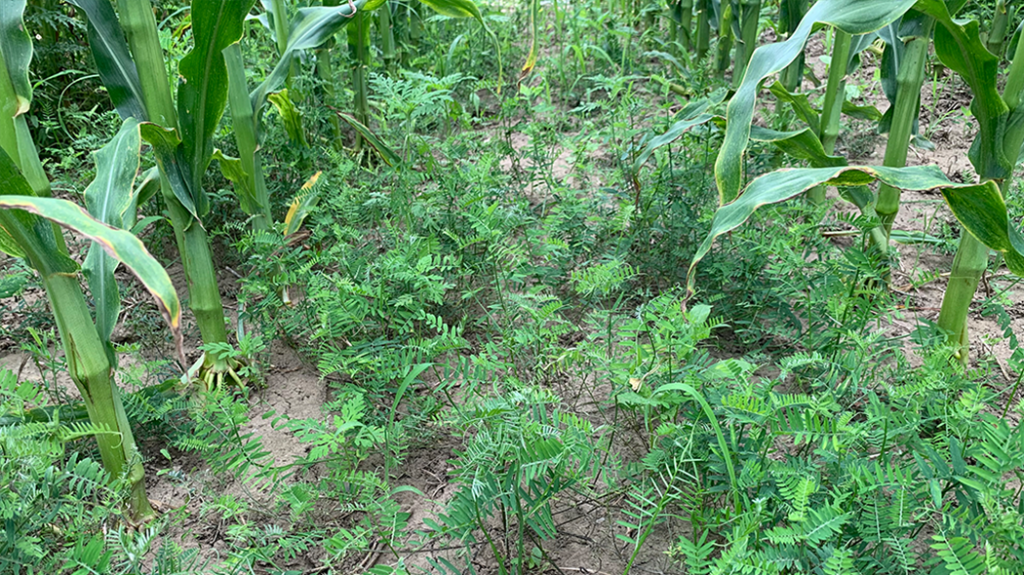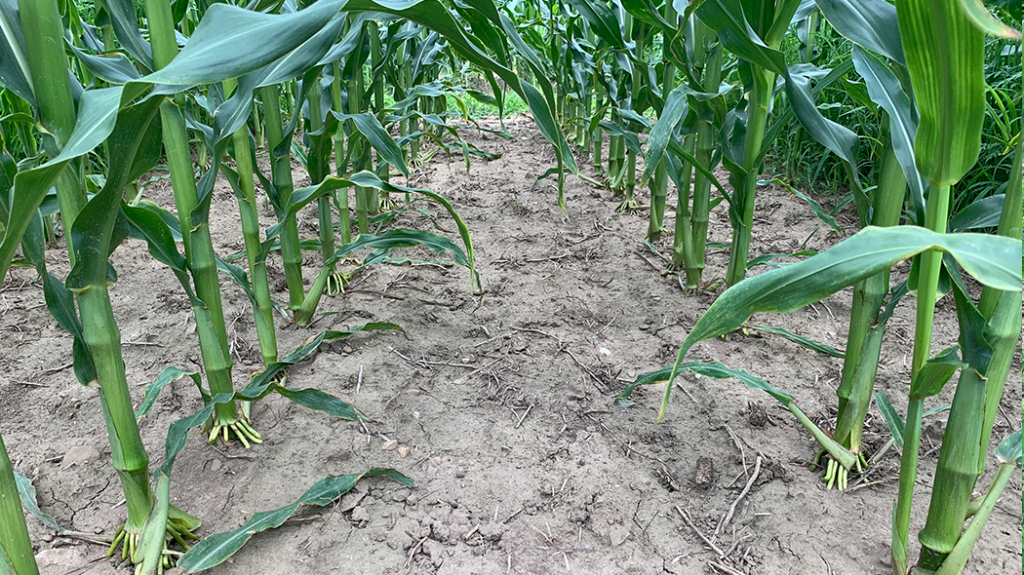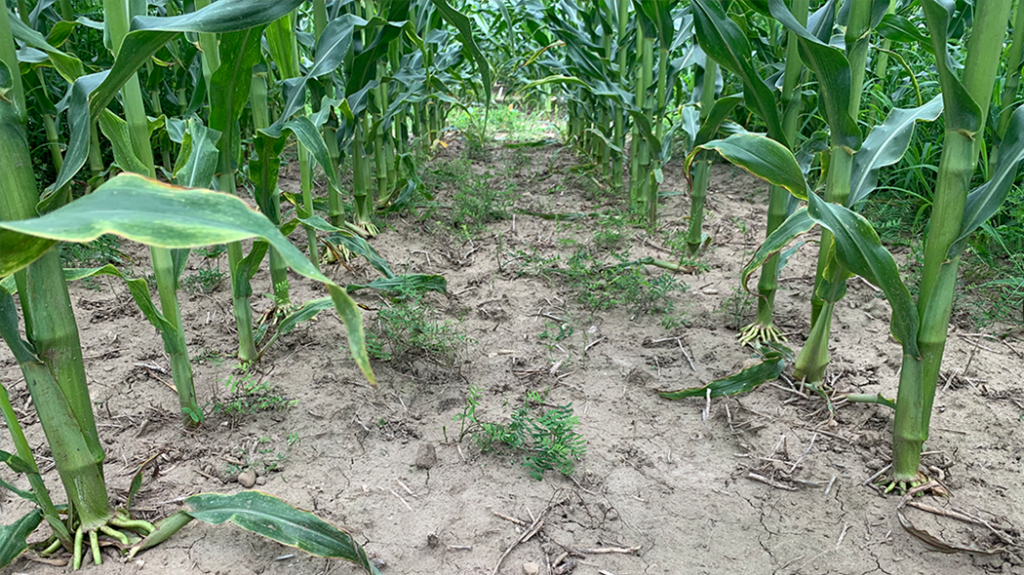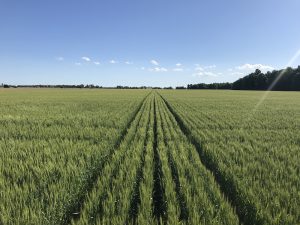Vetch control in corn
AGRONOMIC INFORMATION FROM ONTARIO'S CROP SPECIALISTS

HISTORICALLY, POST-EMERGENT applications of Callisto + Aatrex 480, dicamba (e.g. Engenia/Xtendimax) or Distinct have provided the best top-growth control of tufted vetch (Vicia cracca) in corn. A trial was conducted in 2021 to evaluate tufted vetch control with two newer herbicides, Laudis + Aatrex and Acuron as well as Lontrel XC (clopyralid), an herbicide that is effective at controlling tufted vetch, but until recently has been cost prohibitive to use in field corn (Table 1). All herbicides were applied at the 5-leaf over stage of corn and to emerged tufted vetch (at 10-15 cm in height and/or diameter).


As expected, glyphosate (540 g/L) at 1.4 L/acre did not control tufted vetch (Figure 1). Marksman, Lontrel XC and Acuron all provide excellent top growth control of tufted vetch at six weeks after application (Figure 2 and Table 2). Laudis + Aatrex suppressed top growth of tufted vetch (Figure 3) but required a tank-mix with Lontrel XC for complete top-growth control.



























